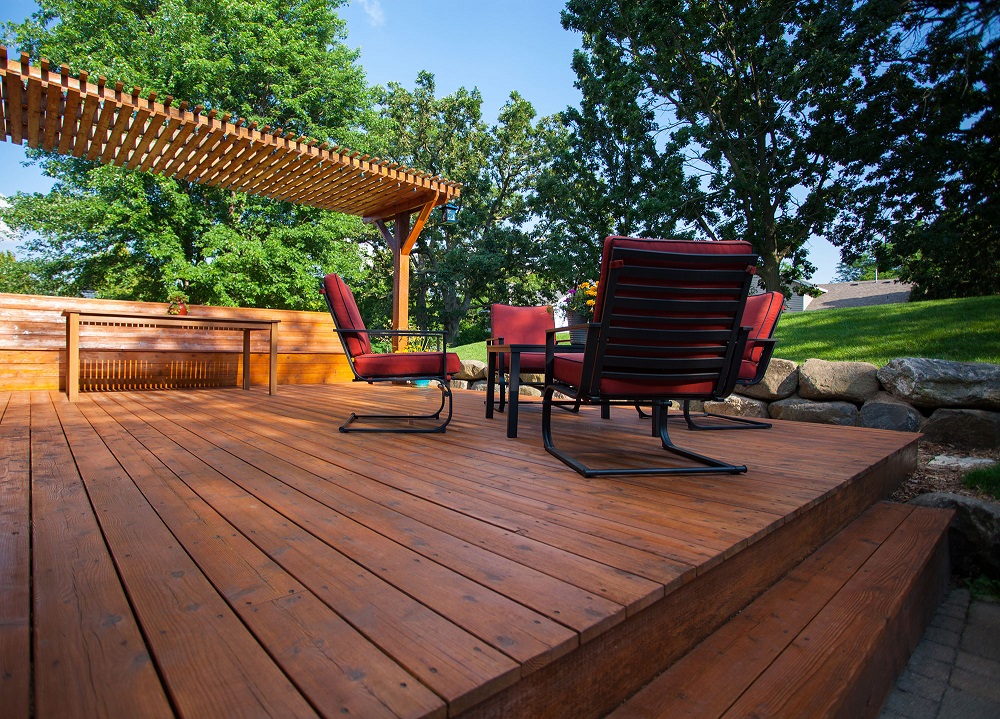What are the most common myths about decking?
Decking Melbourne is one of the most effective ways to extend your outdoor functional space in the property. Isn't that tempting? Apart from it, this structure adds more value to your property due to its aesthetic appeal. To get the decking done, you would require to select the right builder and material as per your requirement. and in no time you would have the decking on your property.
That’s simple right? But that's, not it. There are a considerable number of Decking Perth that people need to be aware of and know the truth about.
Myth 1: Wood Decks Requires Considerable Maintenance
Decks, whether built of wood or other materials, must be cleaned on a regular basis. Dirt particles, such as carbon from automobile exhaust, adhere to almost any horizontal outside surface. Surfaces become filthy and discoloured as a result of these particles over time. The good news is that cleaning and sealing a wooden deck is a basic and straightforward process. Check out this post for more information on cleaning and sealing.
Staying ahead of the game is the most critical aspect of deck management. Clean and seal the surface at regular intervals to prevent dirt from accumulating. This method will keep a wood deck looking its best while also extending its life.
Myth 2: Composite Decking Are No Different From Plastic Decking
Although composite decking and plastic decking are frequently interchanged, they are two distinct outdoor decking materials. What is the most significant distinction between them? Plastic decking is completely synthetic, whereas composite decking contains wood.
Composite decking commonly contains recycled wood and plastic materials such as sawdust and post-consumer plastics. Because of its wood content, composite decking cannot be termed a wholly synthetic outdoor decking material like plastic decking.
Plastic decking, unlike composite decking, is a completely synthetic outdoor decking material. Plastic decking is made from either virgin or recycled plastic resin. Polypropylene (PP), polyethylene (PE), and polyvinyl chloride (PVC) are the three types of plastic used in plastic decking (PVC).
Myth 3: Composite Decking Does Not Shrink Or Move
With temperature, composite decking will expand and contract. In most composite decking, the width of the board expands and contracts very little, but the length of the board expands and contracts significantly. Shrinkage, on the other hand, is a unique problem. If built correctly, quality composite decking should have very little shrinking.
Myth 4: Wet Decking Is Dangerously Slippery
Depending on the decking, this is both true and false. When it's damp underfoot, traditional wood and composite decking are notoriously slick. If algae and filth have accumulated, this is especially true. Non-slip timber decking with aggregate or rubber infill remains safe all year, even in damp or icy conditions.
Myth 5: Composite Decking Appears Like Cheap Plastic
This conclusion may have been correct decades ago due to the lack of colour and texture variety in the first batch of composite decks. However, the sector has changed dramatically over time. Manufacturers have created a variety of options that look like classic wood Decking Sydney around.


Comments
Post a Comment